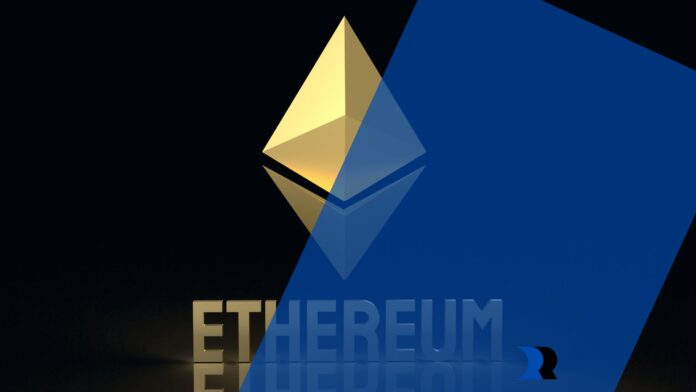This innovative tool streamlines the user experience by enhancing navigation and interaction throughout the Ethereum ecosystem. However, the core operational prowess of Ethereum resides in its clients – sophisticated software implementations that facilitate seamless communication and upkeep among network nodes. In this all-encompassing exploration, we embark on a detailed journey into the intricacies underlying three prominent Ethereum clients: Geth, Parity, and Besu, unraveling their unique features and functions that contribute to the dynamism of the Ethereum network. Additionally, check out this guide to protect Bitcoin from scammers, make sure you read till the end to know in detail!
Introduction to Ethereum Clients
Ethereum clients are software programs that interact with the Ethereum blockchain. They play a pivotal role in validating transactions, executing smart contracts, and ensuring the overall stability of the network. Each client has its unique features, advantages, and use cases, catering to diverse needs within the Ethereum ecosystem.
Geth: The Go Ethereum Client
Geth, short for Go Ethereum, is one of the most widely used and well-established Ethereum clients. Developed in the Go programming language, Geth provides a robust and efficient foundation for participating in the Ethereum network. It offers both a full node and a light client option, accommodating different levels of resource requirements.
Features of Geth
Full Node Capabilities: Geth’s full node option downloads the entire Ethereum blockchain, providing a comprehensive view of the network. This is essential for applications that require a complete transaction history.
Light Client: Geth’s light client is a boon for resource-constrained devices. It allows users to interact with the Ethereum blockchain without downloading the entire history, making it suitable for mobile and IoT applications.
EVM Compatibility: Geth supports the Ethereum Virtual Machine (EVM), enabling seamless execution of smart contracts and DApps.
Parity: The Innovative Ethereum Client

Parity, developed by Parity Technologies, is another notable Ethereum client that has garnered attention for its innovative features. Written in the Rust programming language, Parity offers high-performance and advanced customization options.
Key Advantages of Parity
Enhanced Speed: Parity’s architecture is designed for speed and efficiency, making it a preferred choice for applications requiring rapid transaction processing.
Custom Chains: Parity enables developers to create and deploy custom Ethereum chains with specific parameters, fostering experimentation and development.
Secure and User-Friendly: Parity places a strong emphasis on security and user experience, providing features like hardware wallet integration and an intuitive interface.
Besu: The Hyperledger Ethereum Client
Besu stands out as a unique Ethereum client due to its association with the Hyperledger project. Built with Java, Besu caters to enterprises and consortiums seeking to leverage blockchain technology for various use cases.
Enterprise-Focused Features of Besu
Permissioning Mechanisms: Besu offers robust permissioning mechanisms, allowing network participants to define access controls and visibility levels.
Interoperability: Besu’s compatibility with the Ethereum mainnet facilitates seamless interaction between public and private networks, enhancing versatility.

Privacy: Besu incorporates privacy features such as private transactions and confidentiality, making it suitable for confidential business processes.
Comparative Analysis
In this section, we present a comprehensive comparison of Geth, Parity, and Besu, highlighting their strengths and best-fit scenarios.
Performance and Resource Requirements
Geth strikes a balance between full-node functionality and resource efficiency with its full-node and light client options. Parity, on the other hand, excels in speed and is ideal for applications demanding rapid transaction processing. Besu’s Java-based architecture provides enterprise-grade performance and compatibility.
Customization and Experimentation
Parity shines in this aspect, allowing developers to create custom Ethereum chains and experiment with various parameters. This is invaluable for projects exploring new consensus algorithms and network configurations.
Use Cases and Applications
Geth’s versatility caters to a broad spectrum of applications, from DApps to financial services. Parity’s speed makes it well-suited for high-frequency trading platforms and real-time applications. Besu’s enterprise features position it as a strong candidate for consortium blockchains and private networks.
Conclusion
In the ever-evolving realm of Ethereum, the choice of an Ethereum client holds substantial significance. Geth, Parity, and Besu each offer a unique set of features that cater to different requirements within the blockchain ecosystem. Whether you’re a developer seeking customization, an enterprise pursuing privacy, or a DApp enthusiast, understanding the nuances of these clients is crucial.
To stay ahead in the competitive blockchain landscape, it’s imperative to leverage the strengths of Geth, Parity, or Besu based on your project’s specific needs. As the Ethereum ecosystem continues to evolve, these clients will undoubtedly play a pivotal role in shaping the future of decentralized applications and blockchain technology.


